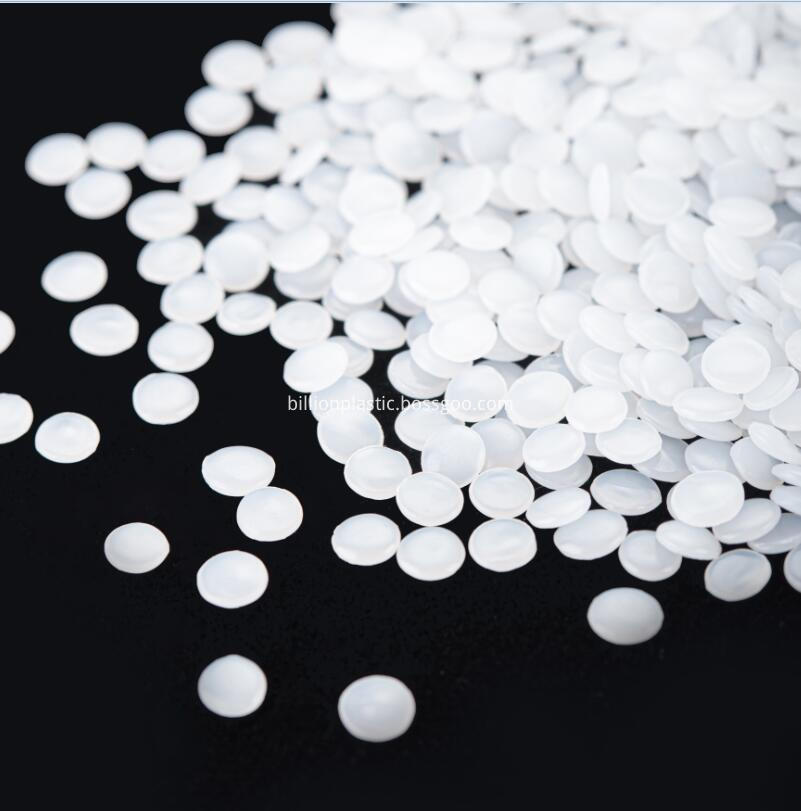The comparison experiment of the dimensional accuracy of single- and multiple-cuts on an on-line cutting machine shows that multiple cutting techniques are used on the high-speed wire cutting machine, which can significantly improve the machining accuracy and bring about significant economic benefits.
â—† The first cutting task is high-speed stable cutting.
(1) Pulse parameters: Use high peak current and longer pulse width for high current cutting to obtain higher cutting speed.
(2) The compensation amount of the center trace of the electrode wire is small:
f = 1/2φd +δ+ △ + S
In the formula, f is the compensation amount (mm); δ is the discharge gap (mm) when cutting for the first time; φd is the electrode wire diameter (mm);
â–³ is the machining allowance (mm) left for the second cutting; S is the finishing allowance (mm).
At high peak currents, the unilateral discharge gap is approximately 0.02 mm; the trim margin is minimal, typically only 0.003 mm.
The machining allowance Δ depends on the roughness of the machined surface after the first cutting and the accuracy of the machine tool, and is approximately in the range of 0.03 to 0.04 mm.
In this way, the amount of compensation for the first cut should be between 0.05 and 0.06mm. Selecting a larger one will affect the speed of the second cut. Choosing a small one will make it difficult to eliminate the marks of the first cut.
(3) Wire-feeding method: Adopting high-speed wire-feeding, the wire-drawing speed is 8 to 12 m/s to achieve maximum processing efficiency.
â—† The second cutting task is intensive repair to ensure dimensional accuracy.
(1) Pulse parameters: The medium gauge is selected so that the roughness Ra after the second cutting is between 1.4 and 1.7 μm.
(2) Compensation amount f: Since the second cutting is refinement, the discharge gap is small at this time, δ is less than 0.01mm, and the processing quality required for the third cutting is very small, only a few micrometers, and the two are added together. 0.01mm. Therefore, the compensation amount f for the second cutting can be about 1/2d+0.01 mm.
(3) Wire-drawing method: In order to achieve the purpose of finishing, it usually adopts a low-speed wire-drawing method, and the wire-drawing speed is 1 to 3 m/s, and the tracking feed speed is limited within a certain range to eliminate the round-trip cutting stripe and obtain Required machining size accuracy.
â—† The third cutting task is to polish and repair light.
(1) Pulse parameters: Light is trimmed with a minimum pulse width, and the peak current varies with the quality of the machined surface.
(2) Compensation amount f: Theoretically, the radius of the electrode wire plus a discharge gap of 0.003mm. In fact, the finishing process is a kind of electric spark grinding, and the machining amount is very small, and the size of the workpiece will not be changed. Therefore, the ideal effect can be obtained only by using the radius of the electrode as a compensation amount.
(3) Wire-feeding method: Feeding with a low-speed wire-feeding speed limit like the second cutting.
â—† The first cutting task is high-speed stable cutting.
(1) Pulse parameters: Use high peak current and longer pulse width for high current cutting to obtain higher cutting speed.
(2) The compensation amount of the center trace of the electrode wire is small:
f = 1/2φd +δ+ △ + S
In the formula, f is the compensation amount (mm); δ is the discharge gap (mm) when cutting for the first time; φd is the electrode wire diameter (mm);
â–³ is the machining allowance (mm) left for the second cutting; S is the finishing allowance (mm).
At high peak currents, the unilateral discharge gap is approximately 0.02 mm; the trim margin is minimal, typically only 0.003 mm.
The machining allowance Δ depends on the roughness of the machined surface after the first cutting and the accuracy of the machine tool, and is approximately in the range of 0.03 to 0.04 mm.
In this way, the amount of compensation for the first cut should be between 0.05 and 0.06mm. Selecting a larger one will affect the speed of the second cut. Choosing a small one will make it difficult to eliminate the marks of the first cut.
(3) Wire-feeding method: Adopting high-speed wire-feeding, the wire-drawing speed is 8 to 12 m/s to achieve maximum processing efficiency.
â—† The second cutting task is intensive repair to ensure dimensional accuracy.
(1) Pulse parameters: The medium gauge is selected so that the roughness Ra after the second cutting is between 1.4 and 1.7 μm.
(2) Compensation amount f: Since the second cutting is refinement, the discharge gap is small at this time, δ is less than 0.01mm, and the processing quality required for the third cutting is very small, only a few micrometers, and the two are added together. 0.01mm. Therefore, the compensation amount f for the second cutting can be about 1/2d+0.01 mm.
(3) Wire-drawing method: In order to achieve the purpose of finishing, it usually adopts a low-speed wire-drawing method, and the wire-drawing speed is 1 to 3 m/s, and the tracking feed speed is limited within a certain range to eliminate the round-trip cutting stripe and obtain Required machining size accuracy.
â—† The third cutting task is to polish and repair light.
(1) Pulse parameters: Light is trimmed with a minimum pulse width, and the peak current varies with the quality of the machined surface.
(2) Compensation amount f: Theoretically, the radius of the electrode wire plus a discharge gap of 0.003mm. In fact, the finishing process is a kind of electric spark grinding, and the machining amount is very small, and the size of the workpiece will not be changed. Therefore, the ideal effect can be obtained only by using the radius of the electrode as a compensation amount.
(3) Wire-feeding method: Feeding with a low-speed wire-feeding speed limit like the second cutting.
Food contact bags for Supermarket, retail store, department stores, shopping mall, grocery stores or daily household, to pack Bread,Sandwich, biscuits, candy, cake and various other packaging application. The bags are strong sealing, waterproof, high tensile strength and good carrying capacity. Their size, thickness, color, printing and packing are depending on customer's specifications.


Food Saver Bag, Food Delivery Bag, Food Packaging Plastic Bag, Food Bag Roll, Sandwich Bag, Food Bag
BILLION PLASTIC MANUFACTURING CO.,LTD, JIANGMEN , https://www.jmplasticbag.com